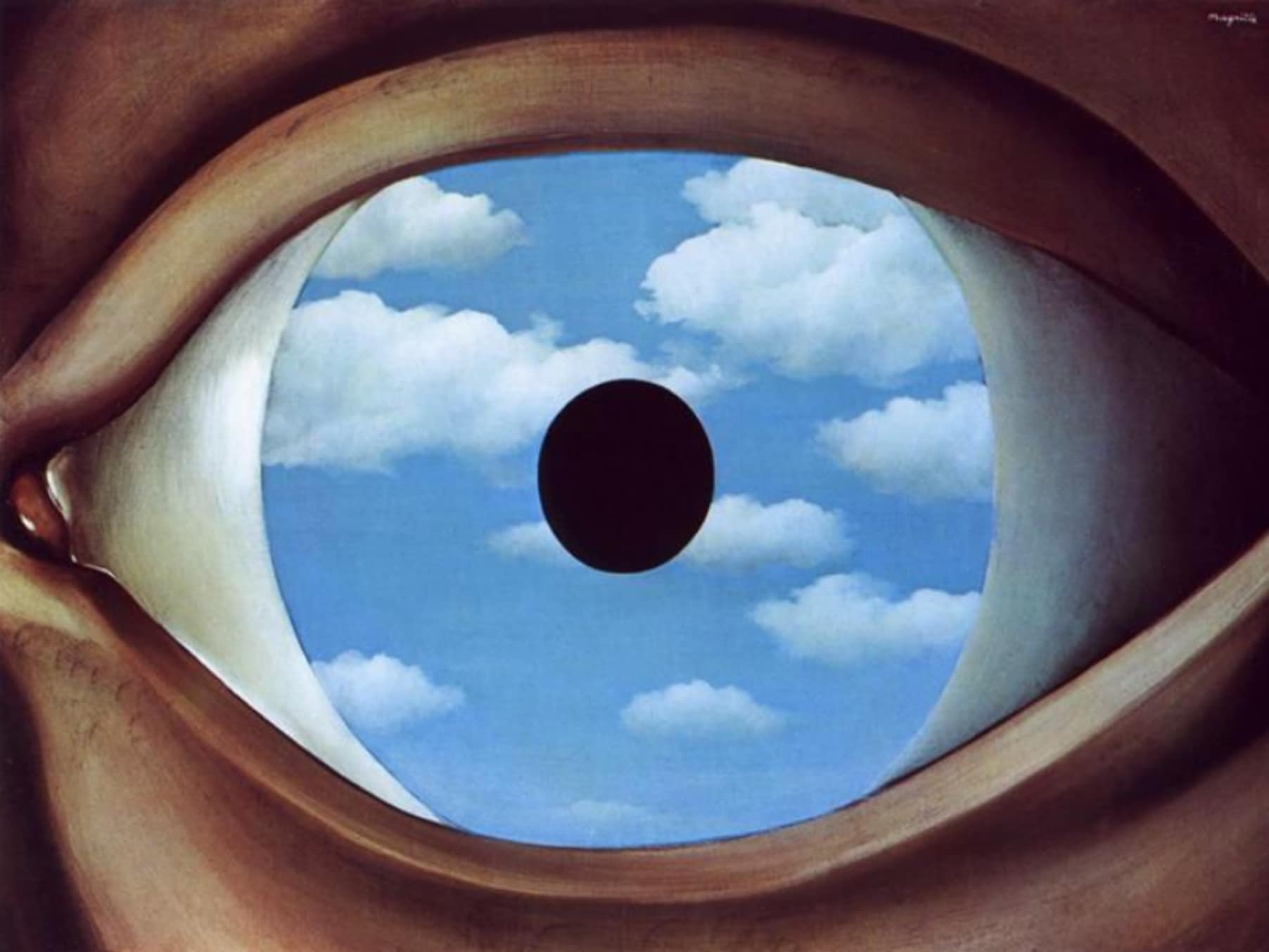
When God is Knocking at the Door
Second-year Psychology students participating in the University Honours College follow a workshop on Blogging Science, in which they learn to communicate science to the general public by means of informing, giving an opinion, and relating science to issues in society. A selection of these blog posts is published on Mindwise. Today’s post is by Greta Grossek.
Have you ever felt like you were the One, chosen from above?
No?
Well, you might want to consider getting yourself an El Al ticket to Jerusalem.
I have been to Jerusalem myself – a truly overwhelming place buzzing with life! The city, which is holy to Jews, Christians, and Muslims alike, commonly sparks a sense of awe in people when wandering through the narrow streets of the old town, while passing by centuries-old sacred sites – but sometimes, it does not stop at awe.
The Jerusalem Syndrome describes a condition of psychosis-like experiences, elicited by visiting the holy city of Jerusalem.
Consider, for example, the case of Ronald Hodge (pseudonym) who was left by his wife and let go from his job, turned to the Bible in response, and eventually found himself declaring to be the Messiah at a hostel in Jerusalem [1]. From 1980 to 1993, the Kfar Shaul Mental Health Care Centre in Jerusalem, where cases of Jerusalem Syndrome have usually been referred to, received 1200 tourists exhibiting such mental health issues. Of the 470 patients hospitalized during this time, two-thirds were Jewish, one-third Christian, and one percent of unknown religious background. Usually, the number of referrals peaks around holiday times such as Christmas, Easter, Passover and during the summer – which is not to say that only tourists are affected, local people might exhibit the syndrome as well [2].
Three types of Jerusalem Syndrome have been proposed [3] (this typology is only based on clinical experience and phenomenological data, so keep that in mind while reading!):
Type I describes the syndrome in people with previous psychiatric conditions (e.g., schizophrenia or bipolar disorder), which come to Jerusalem on their own inspired by delusional religious ideas to accomplish a mission that was laid upon them. Type II characterizes the syndrome induced by a preoccupation with the importance of Jerusalem that might be attributed to a previous personality disorder or a “fixed idea” – but not to psychotic preconditions. While these individuals mostly visit Jerusalem in groups, they sometimes come for a visit on their own. Although Type III is numerically a very small category (only 42 out of the 1200 cases), it certainly is the most puzzling (and most controversial) one, because it encompasses the people that have not had any previous psychiatric conditions before their visit to Jerusalem and have not come to Jerusalem with a mission in mind. Nonetheless, individuals experiencing Type III of the syndrome exhibit an acute psychotic episode upon arrival and typically pass through a sequence of seven clinical stages.
First, they might feel anxious and tense, followed by the urge to part from their family or tourist group to explore Jerusalem on their own. Typically, a preoccupation with acts of purification such as excessive bathing sets in, leading up to more obvious changes in outward appearance such as dressing in white, long gowns reminding of biblical figures, with affected individuals mostly choosing same-gender roles from the New or Old Testament to identify with. They may start screaming, or loudly proclaiming psalms and religious chants until, eventually, they will march to one of Jerusalem’s sacred sites to preach a sermon and appeal to people to lead more righteous lives.
Interestingly, Type III individuals will typically fully recover from their psychotic episode within a week. Treatment may consist of minor tranquillizers, reconnecting the individual with the group or their family, and crisis intervention therapy. However, recovery is commonly spontaneous and may not be attributable to the treatment – key might be physical distancing: when you take the patient out of Jerusalem, you usually also take the syndrome out of the patient [3].
Jerusalem Syndrome is not part of any of the well-known diagnostic manuals like the DSM or ICD, and much of the debate around it has also centred on whether it actually constitutes a distinct mental disorder. Critics argue that [4]
1. only very few tourists end up in psychiatric services in Jerusalem
2. there is no epidemiological data, such as risk factors increasing the likelihood of being affected
3. it should rather be seen as “a unique cultural phenomenon”
4. and most affected individuals have previous chronic mental health issues, such that these are exacerbated upon arrival in Jerusalem, but do not constitute “a transient psychotic episode”
It is clear that the syndrome remains controversial, as quantitative data and evidence for a discrete mental health disorder are lacking.
Nonetheless, it leaves us with many further questions: Are there cultural or personal differences influencing who will be affected? What about atheists, for example? Does it really only happen in Jerusalem? How are religion and faith beneficial (and detrimental) for mental health? And, in a broader sense, who is even in the position to judge whether religious appearances are real or delusional?
References
1. Nashawaty, C. (2012, February 17). The Jerusalem Syndrome: Why Some Religious Tourists Believe They Are The Messiah [Web log post]. Retrieved from https://www.wired.com/2012/02/ff-jerusalemsyndrome/
2. Abramowitz, L. (1996). The Jerusalem Syndrome. Ariel: The Israel Review of Arts and Letters, 102. Retrieved from https://mfa.gov.il/MFA/MFA-Archive/2003/Pages/The%20Jerusalem%20Syndrome.aspx
3. Bar-El, Y., Durst, R., Katz, G., Zislin, J., Strauss, Z., & Knobler, H.Y. (2000). Jerusalem Syndrome. British Journal of Psychiatry, 176, 86–90. DOI: https://doi-org.proxy-ub.rug.nl/10.1192/bjp.176.1.86
4. Kalian, M., & Witztum, E. (2000). Comments on Jerusalem Syndrome. British Journal of Psychiatry, 176, 492. DOI: https://doi.org/10.1192/bjp.176.5.492-a
Image credits: from Flickr by joiseyshowaa (all creative commons).



